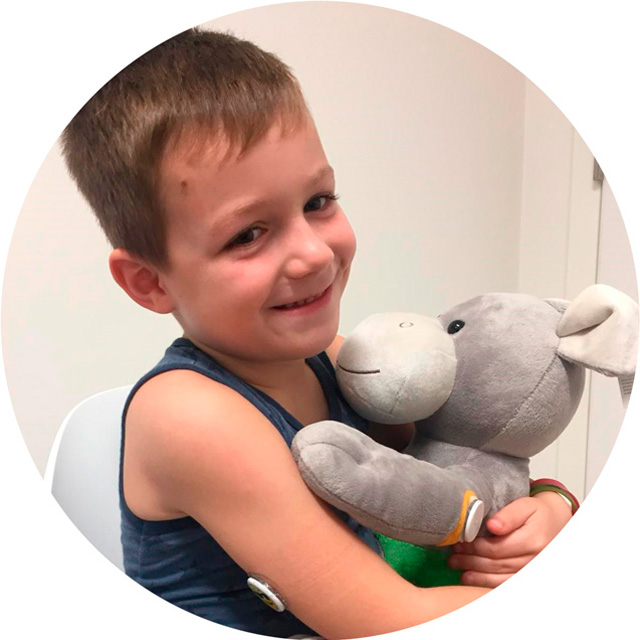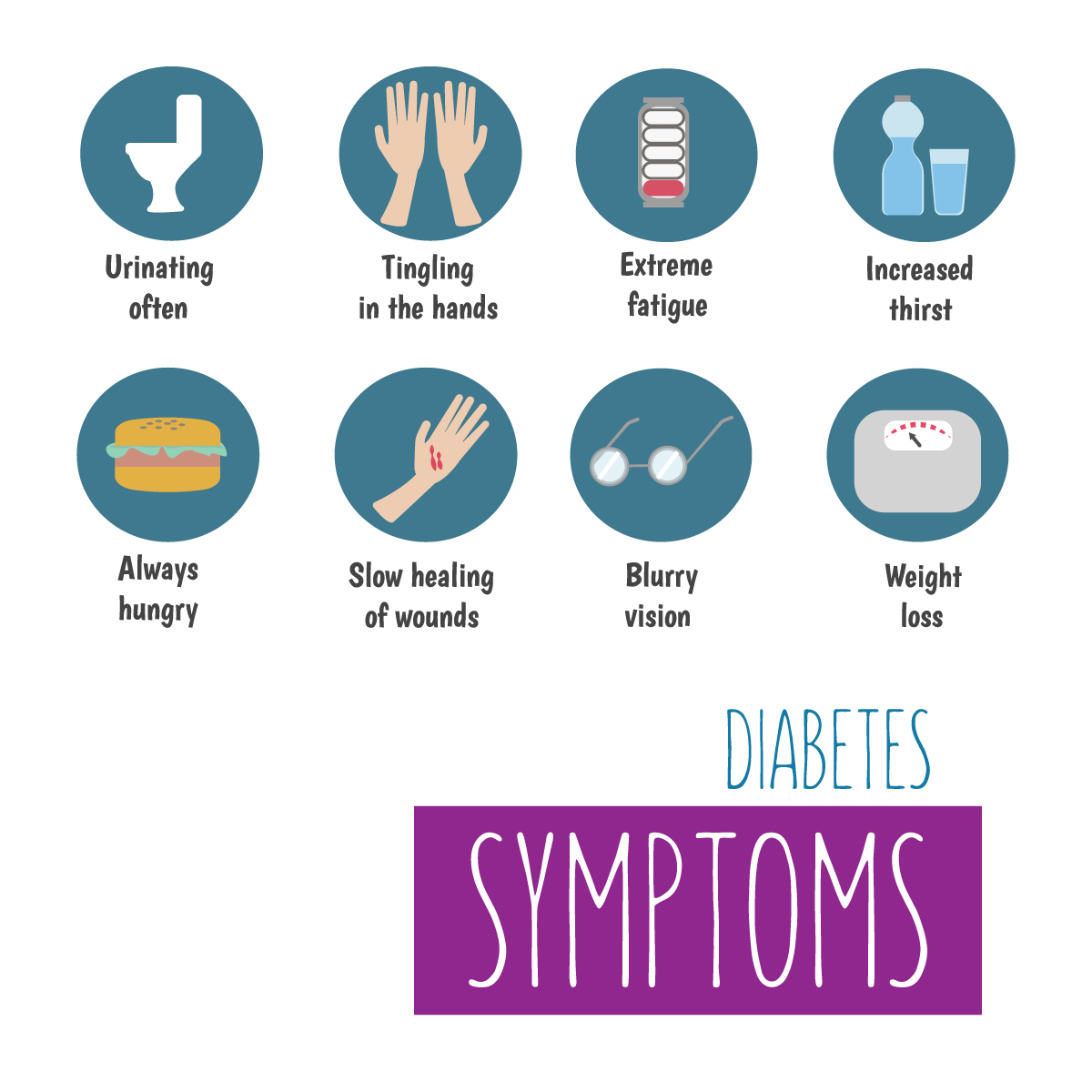Diagnosis & symptoms

Diagnosis of type 1 diabetes
If type 1 diabetes is suspected, one or more tests are performed in the hospital, including a blood pressure and weight check and a blood sample to measure sugar and/or fat content (lipids).
The blood collection is best done sober. A fasting blood sugar value greater than or equal to 126 mg/dl (7.0 mM) indicates diabetes. At a value between 100 and 125 mg/dl (5.6 and 6.9 mM) we speak of a disturbed fasting glycemia or "prediabetes". When the blood sample is not fasted, we speak of diabetes when the blood sugar is more than 200 mg/dl (11.1 mM). Most hospitals also measure "saccharified" hemoglobin or HbA1c. More than 6.5% indicates diabetes.

©Despina Children's diabetes foundation, Nicosia, Cyprus
Symptoms of type 1 diabetes
If your blood sugar concentrations are too high, you urinate a lot and you are always thirsty and have a dry mouth. Without insulin and also because your body cells do not get any sugar (glucose) and have a shortage of energy, your body starts to break down fat cells. This results in the release of acidic chemicals called ketones that can be used for energy. The ketones accumulate in the blood, which leads to increasing acidification. In this process, the liver begins to release the sugar that has accumulated. Because the body can no longer use these sugars without insulin, more sugars accumulate in the blood stream. The combination of these factors is known as diabetic ketoacidosis and can be life-threatening if treatment is not started immediately. This leads to complaints such as emaciation, fatigue, drowsiness and coma.
Recognize diabetes, even in children! The typical symptoms of type 1 diabetes are summarised below:
- Increased thirst
- Urinating often
- Bed-wetting again at night or often getting up to urinate
- Dry mouth
- Inexplicable weight loss, even for those who eat a lot and always feel hungry
- Extreme fatigue
